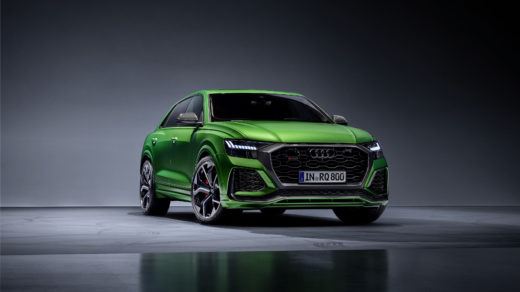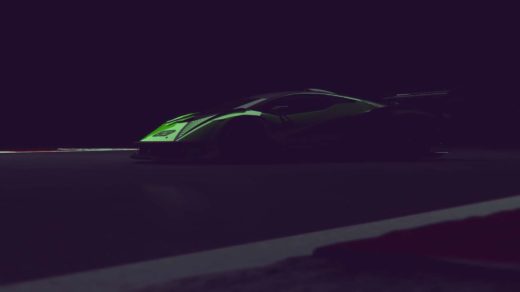Ferrari 812 Competizione and 812 Competizione A – The swansong Ferrari V12
The F12 did something to Ferrari. Shoehorning a V12 into the classic coupe body shape started something brilliant. GTC4 Lusso, FF and the 812. If the F12 is a stallion, the 812 is a unicorn. The Superfast is the even faster 812 than the regular fast 812. See what I did there? Is it possible to improve on something so monumentally crazy? A tough task, but Ferrari has tried with the Competizione.
Already sold out before launch. Ferrari obviously does things quite a bit differently. The 812 Competizione makes my knees weak. The SF90 and F9 Tributo are at the forefront of super car supremacy, but there is something spine tingly raw and unfiltered to the purpose of the Competizione.
The centerpiece is the naturally aspirated 6.5 L V12, producing an ungodly 818 hp. The engine has received a bunch of upgrades which results in a 9500 rpm redline. The connecting rods are made from titanium and are 40 % lighter than the previous steel variant. The piston pins, which connects the rod with the piston, has a special coating to reduce the friction. The crankshaft has been rebalanced and is 3 % lighter than the crankshaft in the 812 superfast. These upgrades are not the most significant ones. The cylinder heads have been completely redesigned and “redistributed”. Simplifying the latter one, it has probably to do with the basic geometrical location of the ports. The cams surface has also reduced friction with a special coating. These cams now push the valve stems via steel sliding finger followers.
Since the engine now works more efficiently, it needs more air, which means that the intake system was redesigned. The manifold and plenum is smaller, or at least, more compact to reduce the length of the tracts, or intake manifold. This part has variable geometry to create the smoothest power curve possible with no drop off in power at higher revs.
Since we are living in a world where particulate filters are a standard now, Ferrari added a new exhaust pipe which resonates, and thus increases the sound at mid-range frequencies. The result? More sound. More sound has also been tweaked out from the intake to get that unique Ferrari V12 noise.
This engine produces quite a lot of heat, and to keep it cool. There is only one air intake that maximizes the amount of cold air onto the radiators. A 10 % improvement in the cooling efficiency compared to the 812 Superfast.
As much time has been spent on the aerodynamics. The calipers and pads are ventilated with the use of a specific air intake located at the side of the front bumper. Two carbon-fibre air intakes feed the engine with air, as well as brake cooling, cockpit and to the double air curtain duct. Changes to the wheel arch helps reduce pressure and helps with the flow underneath the car. The bonnet has openings in it to aid aerodynamic flow.
By helping with the cooling in the front, the need for vents underneath the car could be reduced, reducing the intrusion of the flow underneath, and thus the downforce.
The exhaust tips are now as far away from the center as possible in order to fit the massive diffuser, which in turn makes it possible to use the flow from the to increase the downforce being produced from the diffuser. This simple interaction gives a 10 5 increase in the overall downforce and a total of 35 in conjunction with the diffuser. And off course, the rear wing has been worked on.
The rear boot is now one solid piece that can´t be opened, which has allowed for some further aerodynamic trickery to take place. These three pairs of protruding vortex generators distorts the flow of air to distribute the air pressure around the rear axle and increase the downforce created from the rear spoiler.
For the first time, four wheel steering has been implemented. The rear steering uses a electromagnetic system that can power the left and right tire independently, giving further control of the vehicles dynamics. Focus has been to increase the responsiveness from the front. Further development to electronic driving aids and Michelin Cup2R tires.
As expected, the exterior looks nothing like any current Ferrari out there. The changes look industrial in their function, but Ferrari has been able to make it all go together. The inside has seen less of a change, and actually, even though it looks stunning, there is somehow a hint of 2010 over it. To similar to the 458. Perhaps it has to do with the steering wheel and the gauge cluster.
Off course, all have already been sold, but if someone in your area has bought it, you will definitely hear it before you actually see it.










